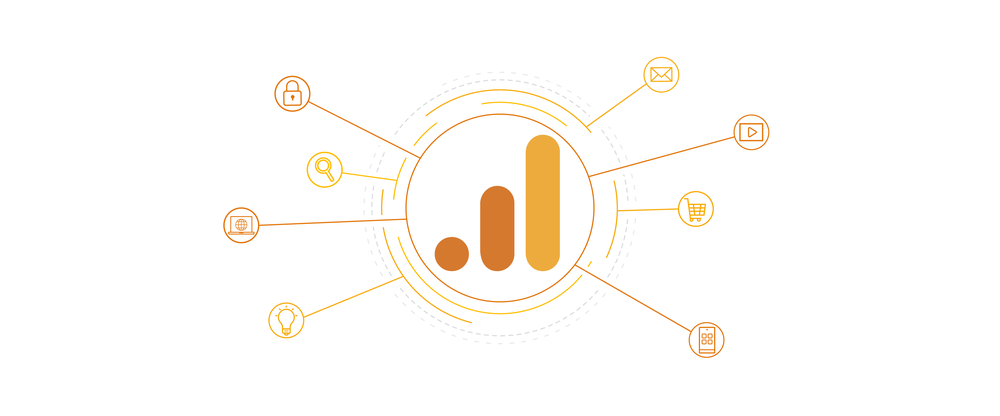
There are no two ways about it, making the switch from Google’s Universal Analytics to GA4 can feel like an overwhelming and time-consuming task. The process of migrating to and learning a new version of GA might appear daunting at first, but I promise you it’s well worth the effort. After all, Google Analytics 4 has numerous benefits over its older, clunkier Universal Analytics counterpart.
But before I get to the negatives surrounding Universal Analytics, let’s review some of the positives. Universal Analytics is chock full of wonderful data points, is relatively easy to pick up and learn, and has a massive following. In fact, I would wager that I’ve spent more time over my career in Universal Analytics than all other analytics platforms combined, and I’ve thoroughly enjoyed many of the insights gleaned from it.
What Are the Most Common Pain Points Within Universal Analytics?
If you spend enough time within the platform you will inevitably start running into pain points. Some you will find workarounds for, but many are unfortunate limitations of how the platform was developed.
The most common pain points in Universal Analytics are:
Universal is intrusive. Over the last several years privacy concerns on the internet have been brought to the forefront of conversation all around the world. Universal Analytics was of the old guard, implementing many now antiquated and unwelcome techniques in data collection.
Universal is rigid. To be blunt- we are at the mercy of event taxonomy. When multiple admins and/or analysts are involved naming conventions tend to go out the window in turn causing an analytical nightmare of messy data.
Universal is one dimensional. How often have you opened a UA view only to find it full of spam, noise, and attribution chaos? Me too. Technically it does what it was intended to do, but it does not scale particularly well or play nicely with other analytical tools. In other words, Universal Analytics is starting to show its age and it’s time for an upgrade.
How Will Google Analytics 4 Solve These Pain Points?
Enter Google Analytics 4. Instead of continuing with band-aids and rubber bands, Google decided to face these problems head on and redesign data collection and report exploration from the ground up. That's right. I'm talking about data streams for cross-device event-based tracking, new exploration techniques, and my favorite- machine learning insights.
Not exactly sure what all of this means? That’s ok. Let me break it down for you:
GA4 values privacy. Controls such as cookieless measurement instill user trust. Additionally, IP addresses are no longer collected or stored, user data can be deleted to adhere to your organization’s privacy policy, and you have control over your data retention options.
GA4 is flexible. Event taxonomy is now a thing of the past. We’ve moved from session-based data collection to event-based data collection.
GA4 is multi-faceted. Predictive capabilities without the need for complex modeling. Tailored insights through machine learning. Direct integrations to media platforms and data warehousing. The list goes on...
In Conclusion
Change is often scary. But in this case, it doesn’t have to be. We recommend you start planning your Google Analytics 4 migration now. Google has announced that Universal Analytics will officially retire and stop processing new hits on July 1, 2023.
The sooner you begin your journey to migrating to and using GA4, the more historical data you will have in the new platform for your organization and the more time you’ll have to familiarize yourself with the new functionality and UI. Look at this latest version of Google Analytics as a newer, more robust and powerful tool in your data analytics toolbox, and it will be just that.





